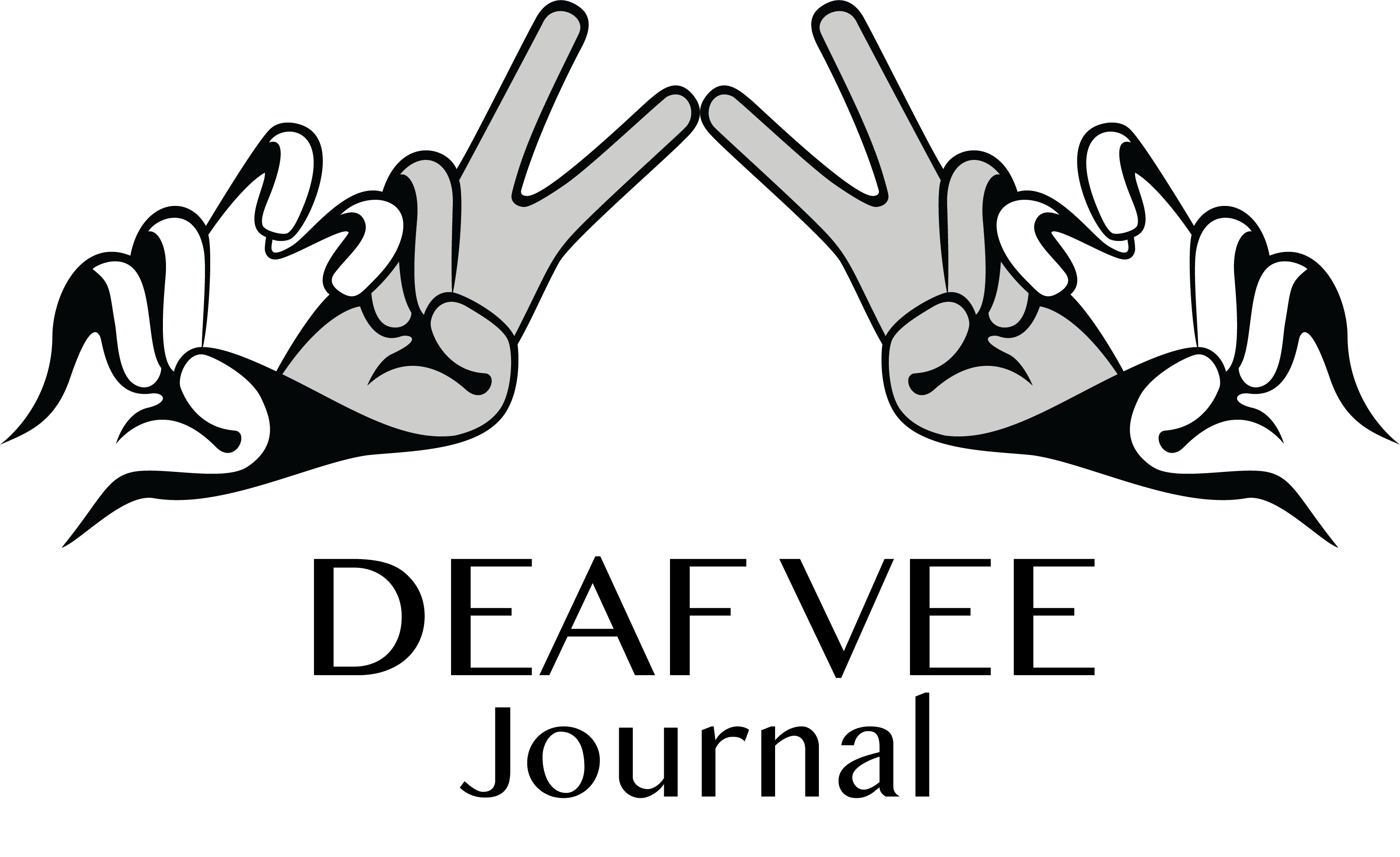A groundbreaking initiative by the Metropolitan Transportation Authority (MTA), NJ TRANSIT, and The Port Authority of New York & New Jersey is set to transform how Deaf and hard-of-hearing individuals navigate the bustling transit systems of New York and New Jersey. This collaborative effort introduces a new QR code technology aimed at facilitating seamless communication between transit staff and passengers, with a particular focus on accessibility for the Deaf community.
A Step Forward in Accessibility
The introduction of this technology marks a significant step forward in making public transportation more accessible. By simply scanning strategically placed QR codes at ticket and information booths, passengers can connect instantly with transit staff through a dedicated service portal. This portal supports visual and text-based communication, ensuring that Deaf and hard-of-hearing individuals receive the assistance they need without the barriers posed by spoken language.
How It Works
The process is straightforward:
Locate a QR Code: Passengers can find QR codes at all ticket and information booths at the Port Authority, as well as at Customer Service Centers in Penn Station and Times Square.
Scan the Code: Using a smartphone camera, passengers can scan the QR code, which requires no additional app.
Connect: The QR code connects users to a service portal tailored for Deaf and hard-of-hearing individuals, providing options for text-based chats, video calls with American Sign Language (ASL) interpreters, and other visual communication methods.
Community Involvement and Feedback
To ensure the technology meets its intended goals, the MTA, NJ TRANSIT, and The Port Authority are calling on the community to participate in the testing phase. Passengers are encouraged to use the QR code system and provide feedback on their experience. This feedback is crucial for refining the technology and addressing any issues that may arise.
“We are committed to making our transit systems as accessible and user-friendly as possible,” said an MTA spokesperson. “The input from Deaf and hard-of-hearing passengers is invaluable in helping us achieve this goal.”
This initiative is part of a larger effort by regional transportation agencies to enhance accessibility and customer service. The Customer Experience, Resilience, and Curb Activity challenges were announced in January 2024, attracting 150 applications from around the world. Applicants were asked to demonstrate how their solutions can improve customer experience, build a more adaptive transit system, and maximize the utility of curb areas on New York City streets. Notably, Convo Communications is one of the partners involved in this initiative, contributing their expertise in communication solutions for the Deaf community.
Looking Ahead
The new QR code technology initiative is currently in the testing phase, which typically involves a multi-month evaluation period to gather sufficient user feedback and make necessary adjustments. The success of this initiative could pave the way for its adoption in other cities and transit systems. By demonstrating a commitment to accessibility and inclusion, the MTA, NJ TRANSIT, and The Port Authority are setting an example that could inspire similar initiatives nationwide.
As the testing phase progresses, the transit authorities remain optimistic that the feedback received will lead to a refined and effective system that truly enhances the transit experience for Deaf and hard-of-hearing passengers. This initiative represents not just a technological advancement, but a significant step toward greater accessibility and equity in public transportation.






